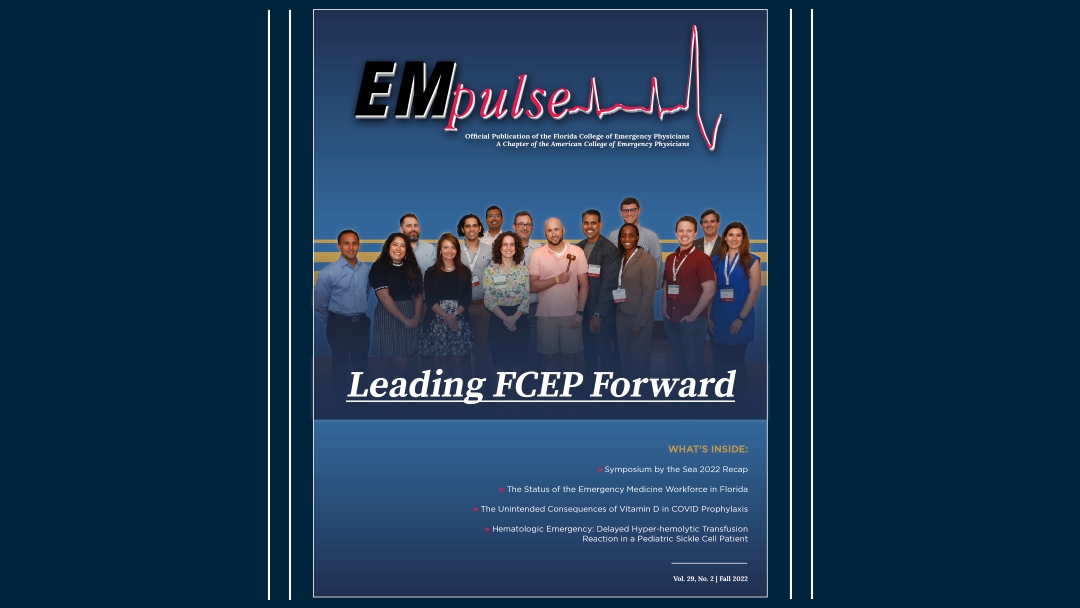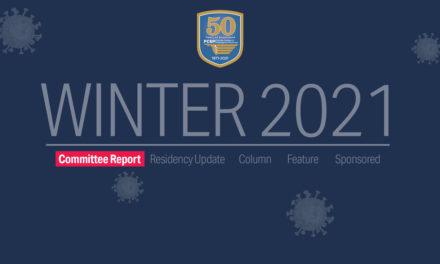Use of Dexmedetomidine as a sedative for intubated, mechanically ventilated patients
Sedation for intubated mechanically ventilated patients is a complicated practice that must be tailored to the specific clinical situation. There are several options, some of which have been used for decades, as well as the continued emergence of more novel sedative agents, some of which hold analgesic properties as well. It has been well documented in the literature that benzodiazepines, in particular, carry an increased risk of prolonged over-sedation, which in turn leads to delirium and prolonged time to extubation. An additional shortcoming of benzodiazepines is that they hold no analgesic properties. Propofol, opiates, and ketamine are also tools we can utilize, but we may be underutilizing an additional agent that has both sedation and analgesic properties and a rather reassuring safety profile, under the use of an experienced provider. This is dexmedetomidine.
What is dexmedetomidine and how does it work?
Dexmedetomidine is an a2 agonist, which has properties of anxiolysis, sedation and analgesia. Postsynaptic activation of the a2 adrenoreceptors in the CNS inhibits sympathetic activity, primarily leading to decrease in heart rate and blood pressure (to a lesser degree). In addition, a2 agonism leads to inhibition of presynaptic release of norepinephrine, leading to termination of propagation of pain signals and provides sedation. Therefore, in combination, dexmedetomidine can lead to analgesia, sedation and anxiolysis – three components that are often desired in the treatment of intubated and mechanically ventilated patients. These components are also highly desired in the immediate post-extubation period as well. However, safety can be an issue in achieving these goals adequately, as several sedatives cause respiratory depression.
What are the benefits of dexmedetomidine?
For our mechanically ventilated patients, dexmedetomidine can act as an adjunct to our known anesthetic/analgesic agents, or potentially as a sole agent for sedation and pain control. In regards to an adjunct, dexmedetomidine has synergistic properties with opiates, which can aid in decreasing the amount of opiates, and therefore avoid the adverse effects associated with long-term opiate administration. There is a low incidence of delirium with dexmedetomidine, and delirium is a known barrier to extubation. Therefore, with lower incidence of delirium, this may provide decreased length to extubation and length of stay.
As eluded to earlier, the dangers of respiratory depression often leads to discontinuation of sedative medication in the extubation period. Dexmedetomidine appears to have significantly fewer respiratory side effects in comparison, particularly when not used as a bolus dose. It has been shown with a high degree of safety that dexmedetomidine can be continued in the extubated, spontaneously breathing patient.
How do I dose and administer dexmedetomidine in a intubated, mechanically ventilated patient?
Dexmedetomidine is administered as an IV infusion, with an expected onset of approximately 15 minutes and a half-life of approximately 6 minutes. We recommend a high dose infusion without a bolus in this setting. Our practice is starting infusion at 1.0 mcg/kg/hr concurrently with an opioid infusion (e.g fentanyl). After infusion has started, titrate infusion to the indicated RASS goal.
What are other indications in which I can utilize dexmedetomidine in the emergency department?
Dexmedetomidine can be used to promote sedation while maintaining airway reflexes. Awake fiberoptic intubation, reduction of fractures/dislocations (e.g shoulder, hip), and lumbar punctures are reasonable procedures to consider the use of dexmedetomidine. Dexmedetomidine may become especially useful in those patients where there is significant concern for respiratory depression in which you want to avoid agents such as propofol. ■
References:
- Gertler R, Brown HC, Mitchell DH, Silvius EN. Dexmedetomidine: a novel sedative-analgesic agent. Proc (Bayl Univ Med Cent). 2001 Jan;14(1):13-21. doi: 10.1080/08998280.2001.11927725. PMID: 16369581; PMCID: PMC1291306.
- Jewett, Jess; Phillips, William J.. Dexmedetomidine for procedural sedation in the emergency department. European Journal of Emergency Medicine: February 2010 – Volume 17 – Issue 1 – p 60
- Should dexmedetomidine replace benzodiazepines as the preferred sedative, as suggested by new guidelines from the society for critical care medicine? Can J Hosp Pharm. 2013 Nov;66(6):393-6. doi: 10.4212/cjhp.v66i6.1307. PMID: 24357874; PMCID: PMC3867569.







